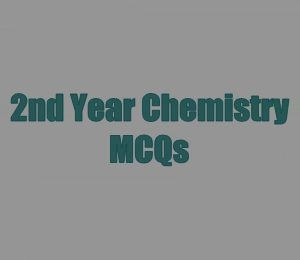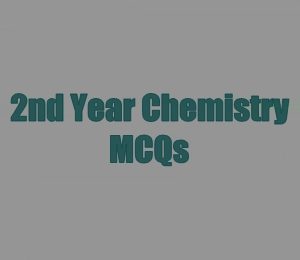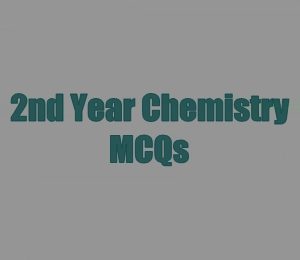This site will provide you with the important 2nd Year Chemistry Chapter 2 MCQs s-block Elements with Answers. The periodic table is classified into four blocks i.e. s, p, d, and f. This chapter is about s block elements. The elements of this block that are in group IA are called Alkali metals and IIA group elements are called Alkaline Earth Metals. They have a specific electronic configuration that is discussed here. The existence of these elements is discussed here as the behavior of Lithium, beryllium, and other elements. Then there is a procedure for the preparation of Sodium and Sodium Hydroxide and in the end, the role of Lime in Agriculture and Industry. So, let’s prepare for your entry test through these MCQs. Here below, a quiz is given that you can solve and check the answers at the end.
2nd Year Chemistry Chapter 2 MCQs
554



